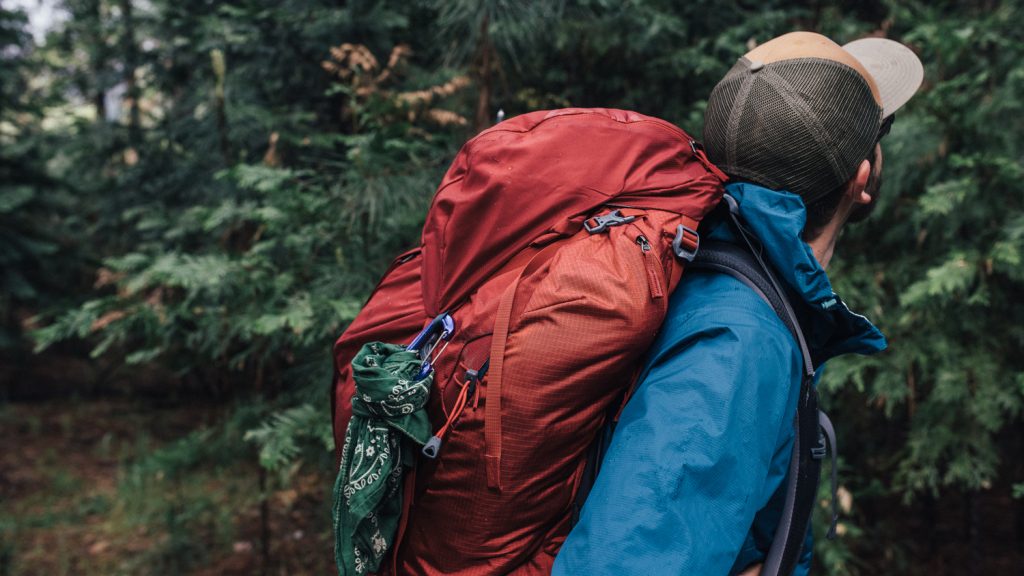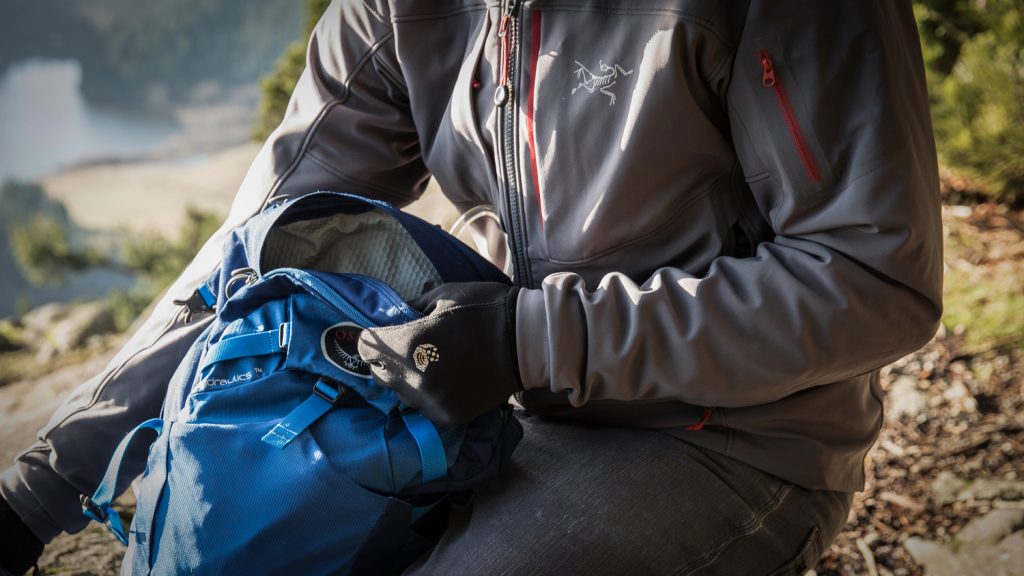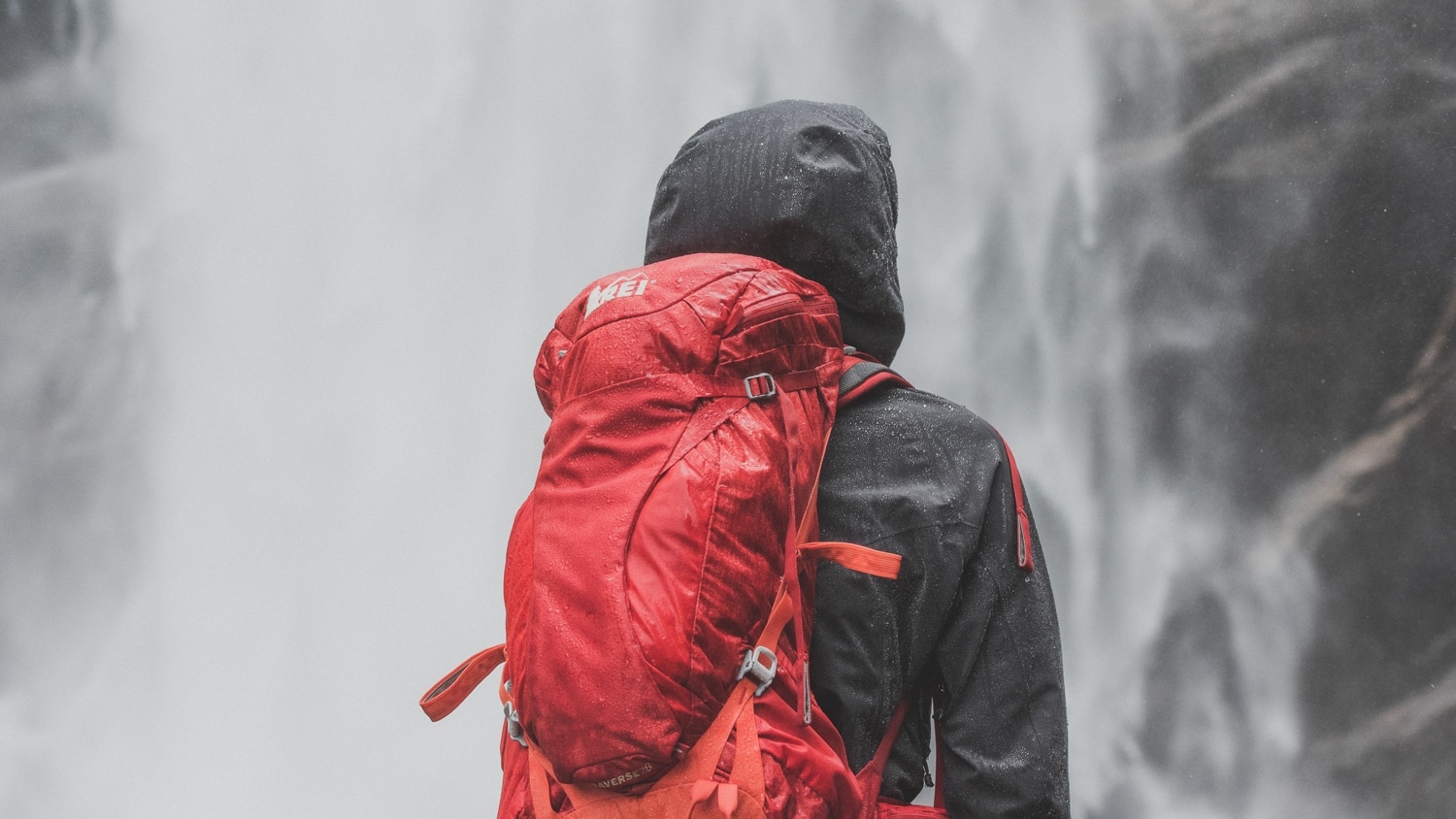One of the best things about the co-op is the thriving community of gearheads, dirtbags, bird nerds, thru-hikers, peak-baggers, storytellers and more who work in our stores and headquarters, guide our trips and teach our classes. In this monthly series, we'll tap into that expert knowledge to answer some of your burning questions about terrain, gear, safety, etiquette—anything! The co-op has your back.
This week's question "What's the Difference Between a Soft Shell and a Hard Shell?" was submitted by Tim Robnett, REI member since 2011.
If only we were turtles. Sea turtles, pond turtles, musk turtles—all have shells to protect them from the elements; none face hard decisions about which type to wear. Fortunately for us, though, there are people who know what's up when it comes to shells, like Christa Lindsey, the Outdoor Programs and Outreach Program Coordinator at REI's Seattle headquarters.
Christa says choosing between hard and soft shells comes down to waterproofness and breathability. "Those are the two key defining factors," she says.
Hard Shells

A hard shell is completely waterproof, so that makes it the clear choice for your backpacking trip to Southeast Asia during monsoon season—or the Pacific Northwest in January. "It's going to be an impermeable layer," Christa says. "It's essentially a layer of plastic with a membrane that allows your body to breathe. Vapor water from sweat can get out, but liquid water can't get in."
Christa says a hard shell is a critical piece of gear for all backpackers everywhere, like your tent or sleeping bag. "You don't want to leave home without it, even if you have a soft shell."
But that doesn't mean you'll want to wear it on the trail when the weather's clear. Hard shells are designed to have some breathability, but they can get quite clammy if you're working hard. "It can get hot, and potentially very sweaty inside if you're hiking at a good clip," Christa says.
Soft-Shell Jackets

That's where soft shells win. They will not keep you dry in a monsoon, but they will provide some water resistance and vent your sweat quite nicely. "They don't have that impermeable layer that prevents water from getting in, but that also means your perspiration can get out a little more," Christa says, adding that a soft shell also has light insulation and stretch going for it. It's the perfect choice for high-fitness activities like going for your morning run with the dog.
What about skiing or snowboarding? "It depends," Christa says. "If I was backcountry skiing or snowboarding, I would feel way more comfortable in a soft shell, because I'd be really working to get up that hill, and I wouldn't want to get too sweaty inside. Because then, if I got up to the top of the hill and I was hanging out for a while, waiting for my buddies to catch up, tearing off my skins or picking my lines, I'm going to get really cold because the sweat built up inside is going to chill me."
If she were skiing at the resort, though, especially in a wet, heavy snowfall instead of a light, dry powder, Christa says she'd choose a hard shell in a heartbeat. There is a special misery in being wet and freezing on a chairlift that stops and swings midair.
Ultimately, Christa breaks it down like this: "Any time there's a high likelihood of an interface between the wet and myself for extended periods of time, I'm probably going to go with a hard shell. Whereas if it's a matter of comfort, and I'm only going to be out a short period, I'll go with a soft shell every time."
Meet the Expert
Christa Lindsey has been an REI employee for more than 12 years. When she's not planning her next international adventure, she's backpacking, stand up paddle boarding, snowshoeing, cross-country skiing, trail running or bike touring with her dog, Dexter.
